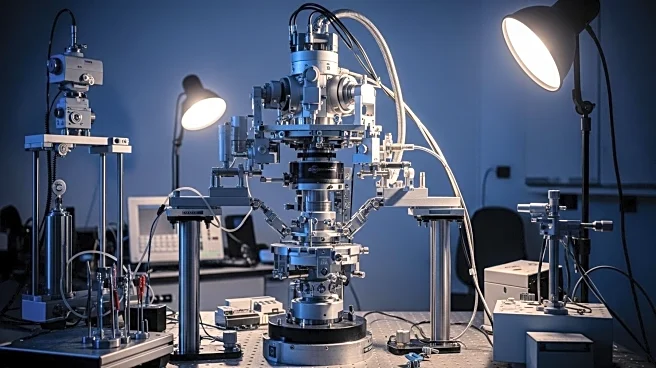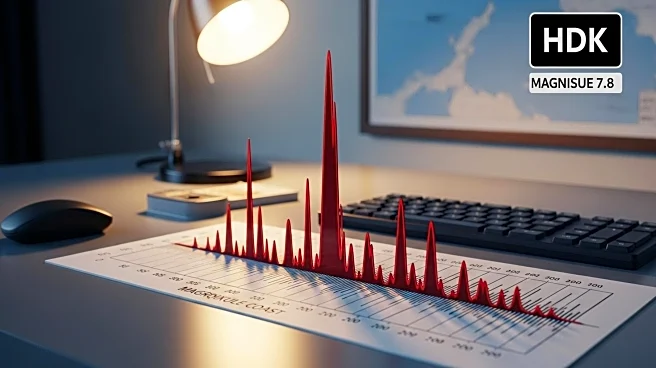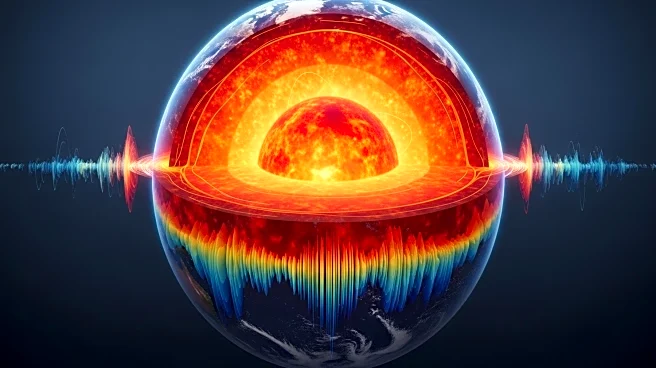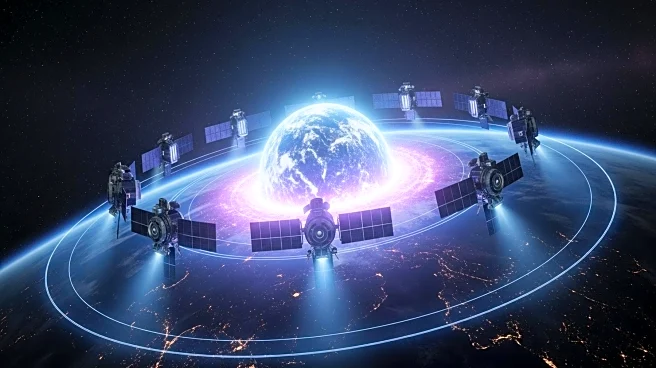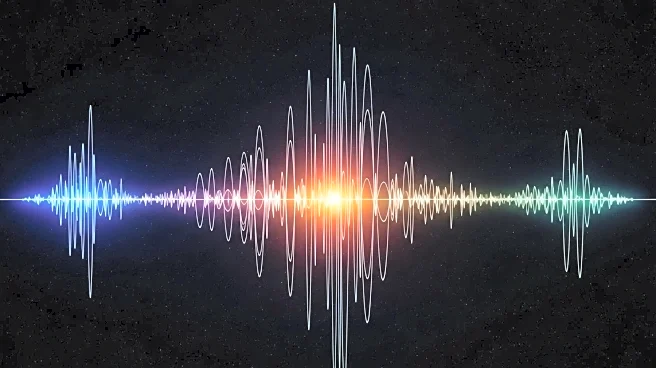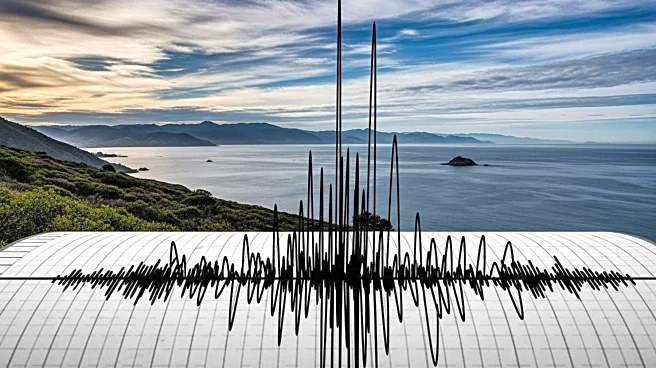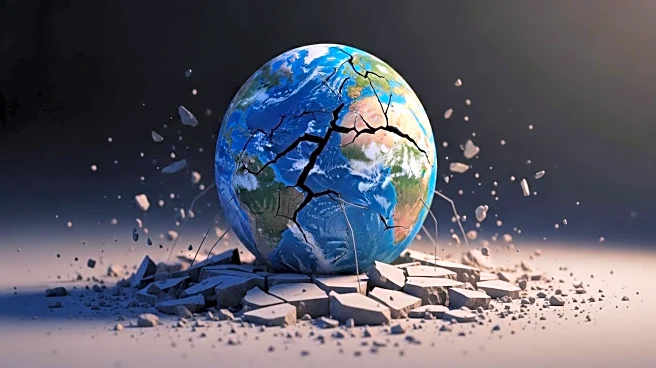What is the story about?
What's Happening?
MIT geologists have successfully quantified the energy budget of 'lab quakes,' which are miniature analogs of natural earthquakes triggered in a controlled laboratory environment. The study reveals that only about 10 percent of a quake's energy causes physical shaking, while less than 1 percent goes into rock fracturing. The majority, approximately 80 percent, is converted into heat, which can be intense enough to melt surrounding materials. The research highlights the influence of a region's deformation history on the energy distribution during an earthquake, providing insights into how past tectonic movements affect current seismic activity.
Why It's Important?
Understanding the energy budget of earthquakes is crucial for predicting seismic risks and improving earthquake models. The findings could help seismologists estimate the vulnerability of regions prone to seismic events by analyzing how past earthquakes have affected underground rock structures. This knowledge is vital for developing strategies to mitigate natural hazards and protect communities from the destructive impacts of earthquakes.
What's Next?
The research team aims to extrapolate their lab findings to natural earthquakes, potentially enhancing predictive models for seismic activity. This could lead to more accurate assessments of earthquake risks and inform public policy and infrastructure planning in earthquake-prone areas. Further studies may explore the application of these findings to different geological settings and scales.
Beyond the Headlines
The study underscores the complexity of earthquake dynamics and the challenges in measuring seismic energy distribution in natural settings. It highlights the importance of laboratory simulations in isolating and understanding the fundamental physics of earthquakes, which can inform broader geological and environmental research.
AI Generated Content
Do you find this article useful?
